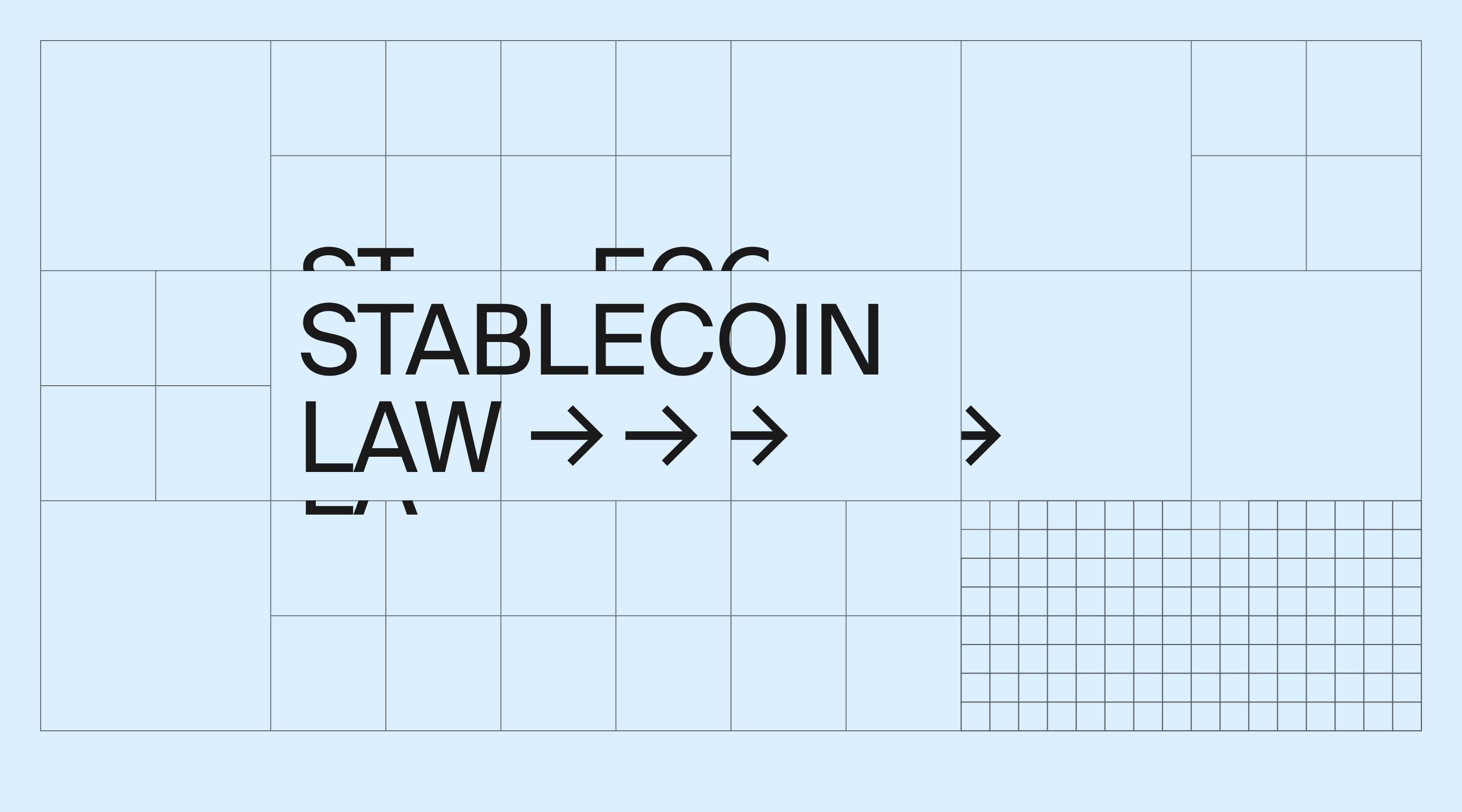
Washington's New Stablecoin Law Has a 19th-Century Flaw
Imagine a single button at online checkout: “Pay with digital dollars.” For a brief moment, it promises a world of frictionless, competitive payments. But behind this simple choice lies a complex architecture, and a new piece of legislation, the GENIUS Act, is laying the foundation. If the rules get it right, that button can help democratize the movement of money. If they get it slightly wrong, the button chooses the coin, the coin chooses the network, and the network chooses the king.
To understand the stakes, we don’t have to predict the future. We just have to look back to the 1840s—and a fight over about two feet of iron.
Back then, a train on Isambard Kingdom Brunel’s magnificent 7-foot broad gauge was a technological marvel, offering a smoother, faster ride. But it was useless the moment it reached a town like Gloucester, where it met the competing 4-foot 8½-inch standard gauge. This was the “break of gauge”—a point of total paralysis that forced every passenger and every piece of cargo to be moved by hand from one train to another. It was a crippling tax on commerce, born of competing, non-interoperable networks. The ensuing “Gauge War” was won not by the best technology, but by the standard with the strongest network effects, forcing an expensive nationwide conversion.
That battle over physical rails is the perfect warning for the one now beginning over digital ones.
Regulating the Train, Not the Track
The GENIUS Act is a major step forward. It sets out to create "good money" for the digital age by establishing clear rules for stablecoins—digital tokens pegged to the U.S. dollar. The law mandates that these tokens be fully backed by 1:1 reserves and redeemable on demand, creating a foundation of trust essential for widespread adoption. It’s an excellent plan for building powerful, reliable locomotives for our new financial system.
But here is its critical flaw: the Act is so intensely focused on the design of the train (the stablecoin) that it forgets to mandate the width of the track (interoperability across networks).
This failure to mandate interoperability is a dangerous oversight. In the digital economy, ultimate power lies not with the creator of the asset, but with whoever controls the last mile. The law’s provisions to curb the power of incumbents become toothless because a leading fintech doesn’t need to issue its own stablecoin to win. It can simply partner with an approved issuer or commoditize multiple stablecoins, and then leverage its vast user base and integrated experience to make its proprietary network and ecosystem the de facto standard gauge.
Once its rails are laid, it won't matter how many innovative stablecoins exist. They will either run on this dominant, closed network or be left stranded at a modern-day “break of gauge.” If that happens, the promise of competition dies. We will have simply replaced the old, slow rails of the banking system with a new, faster, but equally concentrated, private railroad.
The Fix: A Standard Gauge for Digital Money
To avoid this outcome, we must learn the lesson from the age of steam and the dawn of the internet: interoperability is not a feature—it is the foundation. Regulators must shift their focus from perfecting the coin to connecting the systems. The word "may" appears in the Act's text, suggesting that regulators may prescribe standards for interoperability. In a market defined by network effects, "may" is a recipe for monopoly. It must be replaced with "must."
This mandate needs to operate on two levels:
- At the Asset Level: A dollar must be a dollar. We need a shared, efficient clearing system that allows any approved stablecoin to be exchanged for another at par, instantly and at low cost. This would function like the Fed’s own systems do for banks, ensuring that no single brand of digital dollar can achieve dominance simply because it has the largest network. It forces competition to be about utility, not just incumbency.
- At the Network Level: We must prevent the digital "break of gauge." Proprietary blockchains and scaling solutions can and will exist. But they cannot be isolated islands. The law must mandate open standards and seamless, trust-minimized bridges between these networks. A transaction must be able to flow from one ecosystem to another without friction, just as the internet’s foundational TCP/IP protocol allows data to flow between competing networks. The paved road must also be the open road.
The internet unleashed years of permissionless innovation because no single company could own the underlying protocol. We now face a choice: build our financial system on open rails, or regress to walled gardens.
The GENIUS Act has laid the groundwork for a more open financial future. But the work is incomplete. Without a legally enforced mandate for deep, structural interoperability, we won’t be democratizing finance. We will just be building a better, faster throne for the next king.
No kings. No walls. Just open rails. Discover lightspark.com